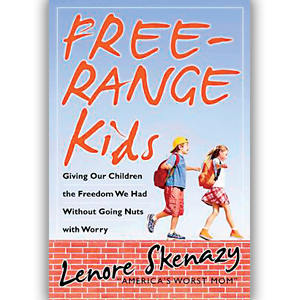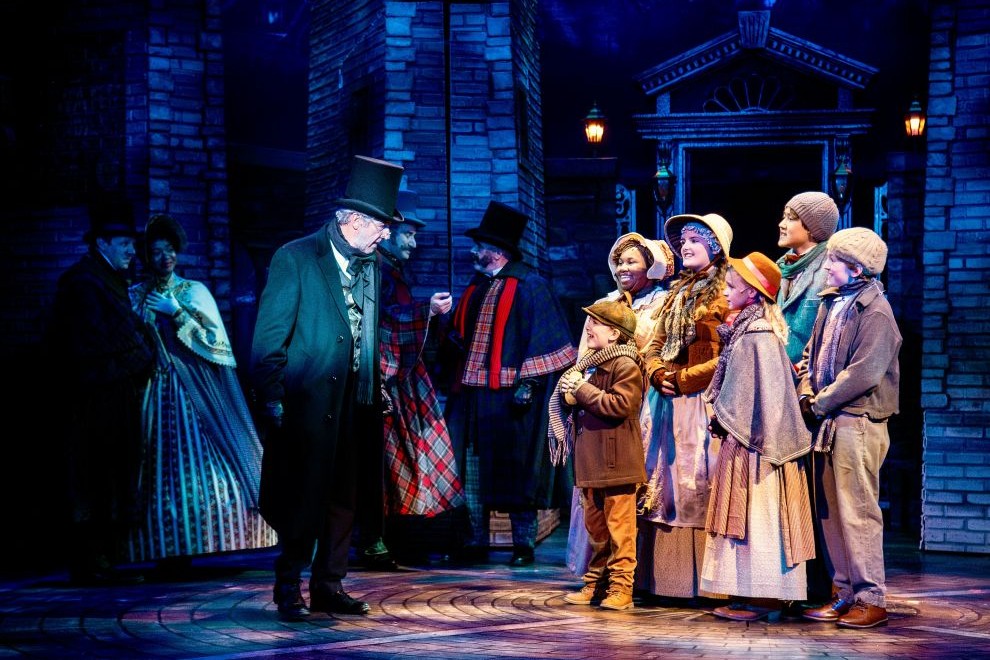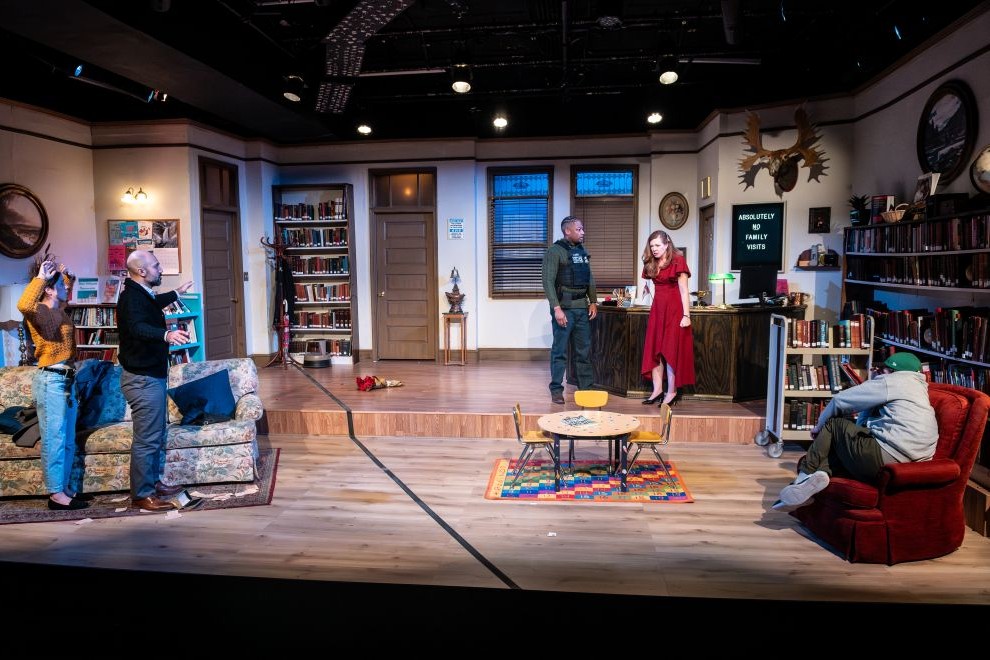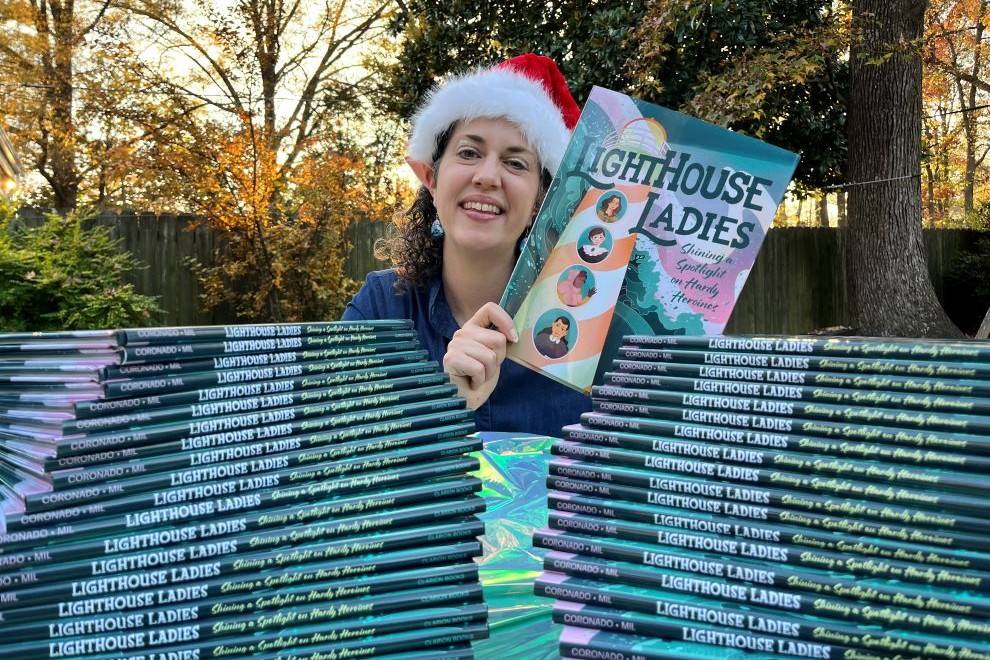 Looking to raise safe, self-reliant children without going nuts with worry? Then, this is the book for you. When her son was ten years old, Lenore Skenazy let him ride the NYC subway home, which earned her the title of America’s Worst Mom in many people’s books. But as far as she is concerned, “Society has spent the last twenty years or so trying to convince us parents that our job is to make life one big smoothie for our kids: no lumps, no bumps, just sweet perfection served up daily.” When in reality, Skenazy argues it’s impossible to take our kids from colic to college without bumps along the way. Free-Range Kids offers parents fourteen commandments to help you see some risks are worth it.
Looking to raise safe, self-reliant children without going nuts with worry? Then, this is the book for you. When her son was ten years old, Lenore Skenazy let him ride the NYC subway home, which earned her the title of America’s Worst Mom in many people’s books. But as far as she is concerned, “Society has spent the last twenty years or so trying to convince us parents that our job is to make life one big smoothie for our kids: no lumps, no bumps, just sweet perfection served up daily.” When in reality, Skenazy argues it’s impossible to take our kids from colic to college without bumps along the way. Free-Range Kids offers parents fourteen commandments to help you see some risks are worth it.
The premise behind Free-Range Kids is “that when a girl makes her own tree fort out of two old planks, she’s more ecstatic than she’d ever be with a tree house built by Donald Trump.” Therefore, it’s important for parents to embrace a child’s desire to master the world. Skenazy claims, “Fear is like oxygen. We don’t even notice it’s there, but boy do we breathe it in.” As a result, Free-Range Kids is filled with anecdotes from parents wrestling with the challenges of raising children in our modern world.
Parents are coddling kids so much that, Skenazy claims, college administrators have labeled these kids arriving on campuses as “teacups” – too fragile to make it on their own. Skenazy believes parents today are really bad at assessing risk, unable to discern the difference between play dates and axe murders. In fact, her first chapter sets out to establish how children today are statistically “as safe from violent crime as we parents were growing up in the seventies, eighties, and nineties.” However, childhood has changed dramatically. Only 10 percent of children walk or bike to school and less than 30 percent even play outside.
Therefore, Skenazy insists it’s crucial that parents turn off the news. Using information from The Science of Fear by Daniel Gardner, Skenazy establishes the negative impact all of the violence in media is having on parents. Apparently, “Once an image gets into that ‘reptilian’ part of the brain, not only can you not shake it, you can’t extricate it from all the other images and feelings jostling around in there either.” Skenazy makes some compelling observations in terms of how what we parents watch on TV – whether it’s CNN all day or CSI at night – it’s a far cry from the tame shows previous generations enjoyed. There were no graphic images, autopsies, or dismemberings in Bonanza or Cosby Show.
According to the National Center for Missing and Exploited Children, about 1 in 1.5 million children are abducted and killed by strangers – and furthermore, this statistic has held steady over the years. Yet, “night after night,” Skenzay points out, “a vision of the world comes into our living rooms and our lives that is sad, sadistic, and totally at odds with the odds.” Her advice: Turn it off and have more peace of mind.
Ironically, Skenazy follows up her advice with a chapter on avoiding the experts. She believes, “The avalanche of expert advice – and nonexpert advice on nonetheless very enticing Web sites – undermines our belief that we are equipped with enough common sense to deal with most child-rearing issues.” With so much information coming at parents, Free-Range Kids argues it’s easy for parents to feel vulnerable and insecure about their decision-making ability. Before devouring every article and book, look for the author’s credentials. Make sure they are a reputable source. Stop Googling anything and everything online. Instead, Skenazy recommends seeking parenting advice from an older parent you admire. And remember, “We got to this point in human history without the benefit of child-rearing manuals, pregnancy diet books, or potty training treatises.”
So whether it’s baby steps, brave steps, or leaps, Skenazy offers up just the suggestions you need to see the benefits of risks.
Follow @WinterhalterV on Twitter for updates on blog posts or like Parenting by the Book on Facebook.
Read my other blog Befriending Forty.




